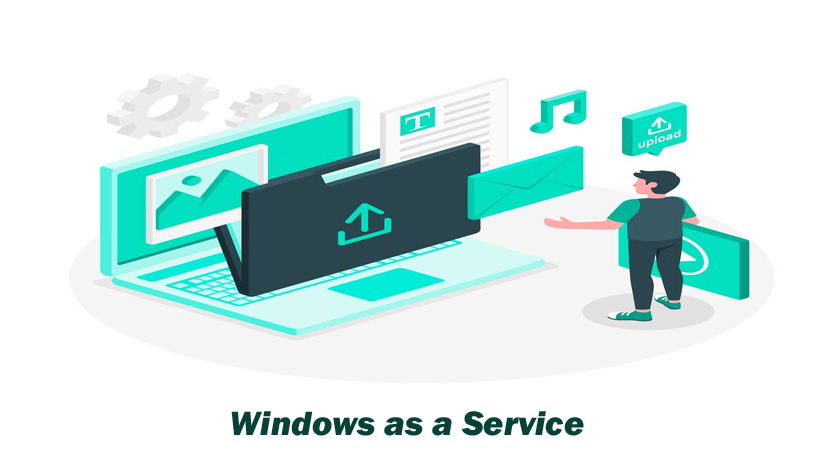Microsoft uses Windows as a service to describe its modern approach to distributing updates to the Windows 10 operating system. With the help of Windows as a service, the Windows 10 operating system will update and get new features for users. This happens throughout the year as soon as they are ready to launch. In the past, windows were used more like a stand-alone product, and Microsoft would bundle updates into a significant software release or a new version of the OS.
This approach will help Windows 10 grow and evolve faster than the previous Windows operating system. Windows as a service is not an operating system but a process of testing and releasing Windows features faster.
Let us understand Windows as a Service from the Users’ Point of View.
Windows as a service will not have any update to a new operating system. Every viewer will get the latest security updates and features. Apart from that, users can continue to use the Windows 10 operating system on the device, and it will receive regular updates that increase its functionality and security. Now, this part will happen for the users. Just remember Windows 10 updates are free.
Every year twice, Microsoft works on major updates For Windows 10, which includes various new features. It will also introduce first-party apps. Well, these updates happen twice a year, as we mentioned.
Moreover, other updates are released monthly, consisting of minor software updates to improve functionality and security. These are called cumulative updates. Even if the user missed any update, they can download the latest update from the application setting.
Conclusion
Inclusion windows as a service is a modern approach to operating system development. It provides users with a more secure and significant experience and works on challenges for large-scale enterprise deployments. The constant update feature will align with the evolving nature of technology. However, it requires more careful consideration of the security and privacy implications for organizations and individual users.

